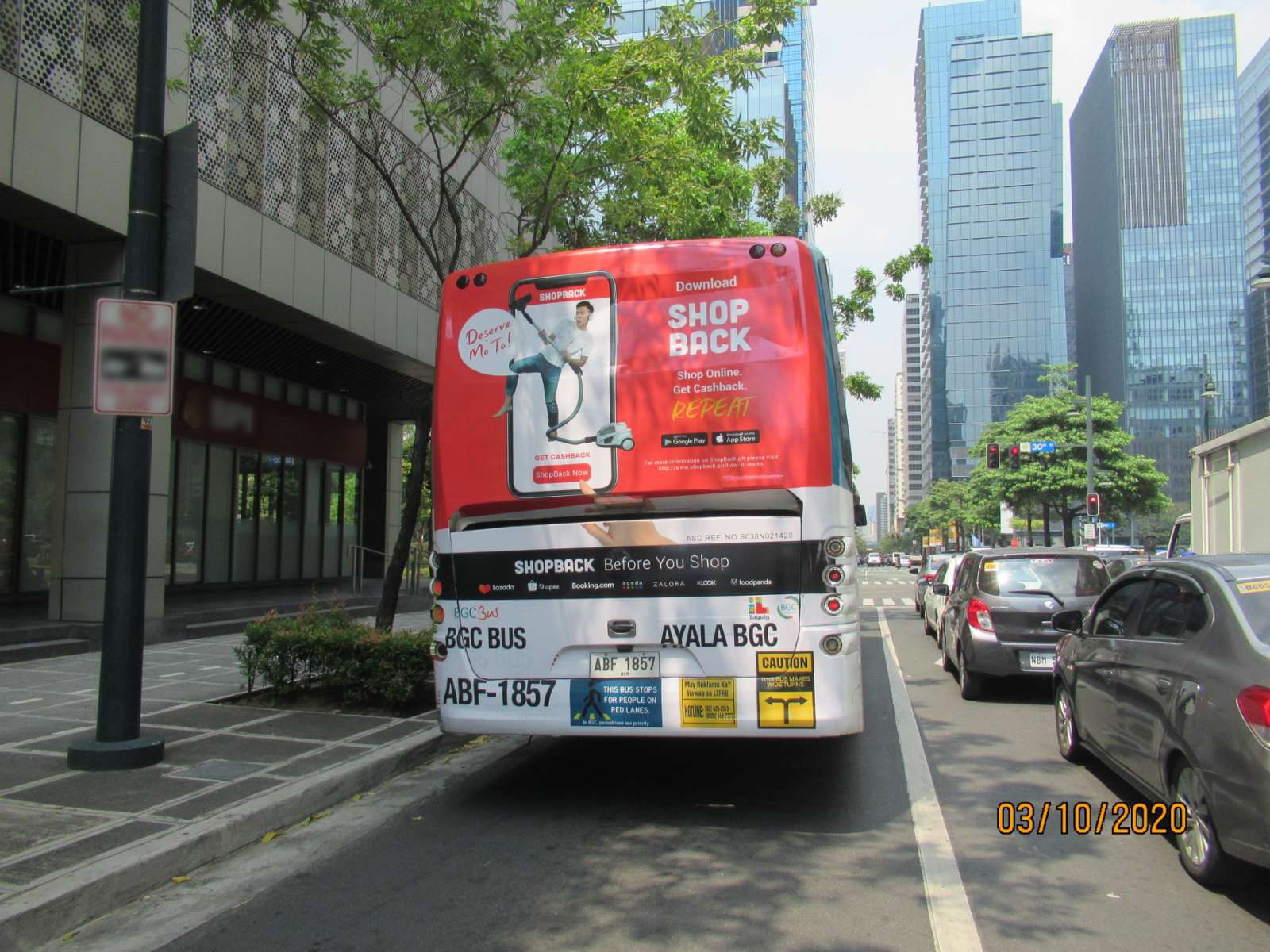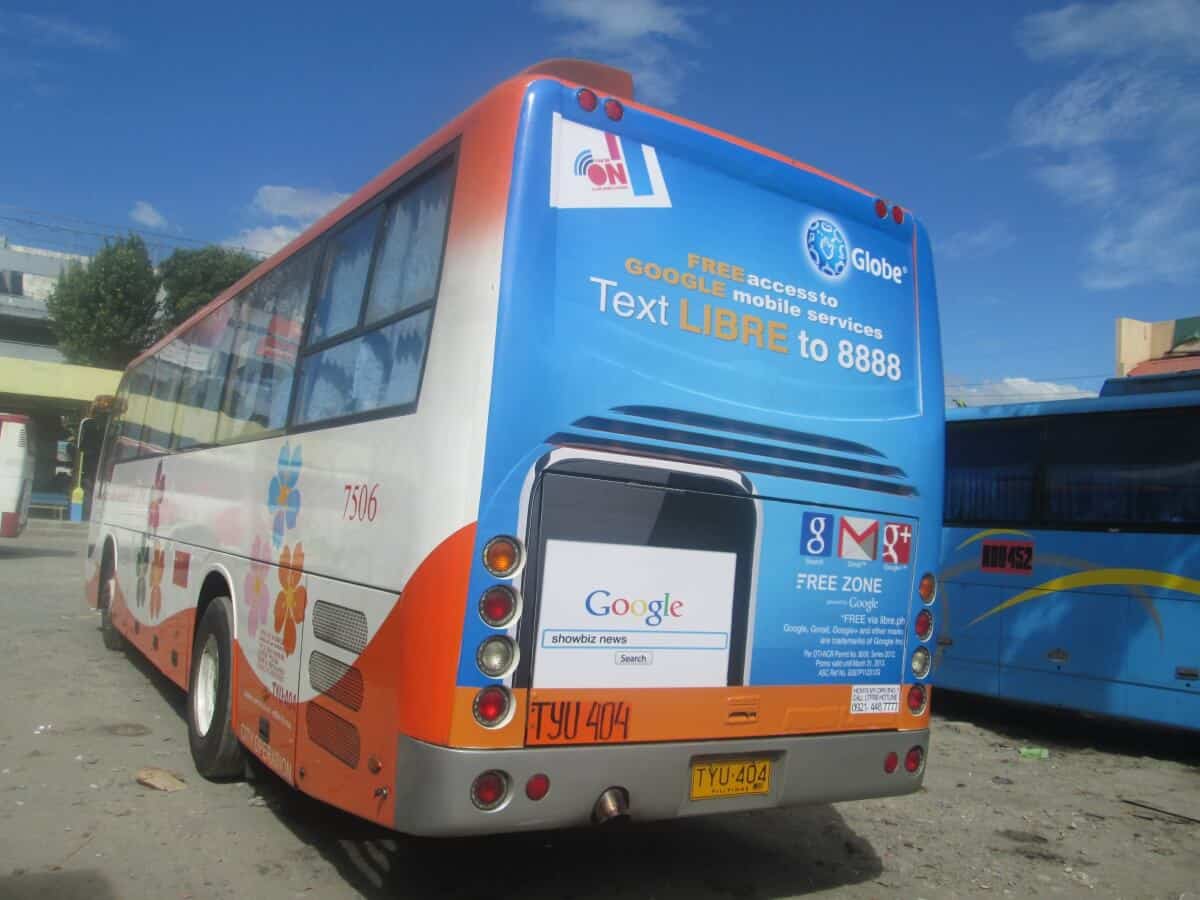Why Choose Transit Advertising Philippines for Your Brand
Why Choose Transit Advertising Philippines for Your Brand
Blog Article
A Comprehensive Assessment of the Methods and Strategies for Successful Transit Advertising And Marketing Campaigns
Transit marketing campaign provide a special chance for brands to involve with varied audiences in dynamic atmospheres. To accomplish success, it is essential to comprehend the nuances of target demographics, execute innovative style approaches, and pick optimum positioning places. In addition, the performance of these projects can be considerably improved by carefully checking efficiency metrics and adapting strategies appropriately. As we check out these vital elements, it becomes clear that the path to an impactful transit advertising and marketing approach is both gratifying and elaborate, raising the inquiry of just how ideal to browse these complexities for maximum brand name presence.
Recognizing Target Demographics
Comprehending target demographics is crucial for the success of transit advertising and marketing campaigns (Transit Advertising Philippines). Determining details target market sections enables advertisers to tailor their messages properly, guaranteeing that the content reverberates with the desired customers. This strategy improves interaction and makes best use of return on investment
To properly analyze target demographics, marketers must consider a number of vital variables, including age, revenue line of work, degree, and lifestyle choices. As an example, a campaign focused on young specialists might concentrate on benefit and modernity, while one targeting households might emphasize safety and security and dependability. In addition, geographic aspects such as city versus rural setups can substantially influence consumer habits and preferences.
Information collection methods such as surveys, focus teams, and social media sites analytics offer useful insights into group trends and customer routines. By leveraging this information, advertisers can craft compelling stories that straighten with the worths and requirements of their target audience.
Eventually, understanding target demographics not just notifies the strategic direction of transit advertising projects however also guarantees that sources are allocated efficiently. This targeted method enhances the probability of achieving campaign goals, fostering brand name loyalty, and driving conversions.
Imaginative Style Methods
Effective interaction with target demographics counts heavily on cutting-edge imaginative style methods in transit ad campaign. To efficiently capture attention in a jampacked aesthetic setting, developers must focus on quality and aesthetic impact. Using high-contrast aspects and strong colors can improve visibility, guaranteeing that messages are quickly clear from a distance.
Including vibrant imagery that resonates with the target audience is vital. Visual storytelling strategies can evoke feelings and create remarkable organizations with the brand name. Additionally, strategic use typography aids share essential info quickly; suitable dimensions and clear fonts better improve readability.
Incorporating interactive aspects, such as QR codes or augmented truth features, can involve travelers beyond passive monitoring (Transit Advertising Philippines). These methods not just advertise user communication but also connect the space in between typical advertising and marketing and electronic engagement
Furthermore, using space creatively-- whether on bus covers, transit sanctuaries, or train ads-- can bring about innovative formats that damage the mold and mildew of standard advertising. By embracing imaginative imagination while maintaining brand name consistency, projects can cultivate a solid link with their target market, eventually driving both understanding and action. The integration of these style methods is extremely important for accomplishing effective transit advertising and marketing outcomes.
Strategic Positioning Methods
Maximizing the influence of transit marketing rests on tactical positioning approaches that guarantee ideal presence and interaction. Reliable placement includes evaluating high-traffic areas and recognizing passenger demographics to recognize the most useful locations for advertisement display screens. As an example, placing ads near entries and exits of transportation lorries can catch the focus of boarding and touching down guests, hence enhancing direct exposure.
In addition, using both external and interior surface areas of transportation automobiles can substantially widen reach. Outside ads, visible throughout commutes, involve pedestrians and other motorists, while indoor ads target passengers in a captive setting. Additionally, putting ads en route centers, such as bus terminals or train terminals, enables boosted perceptions as travelers transition between different modes of transport.
Timing is likewise essential; aligning the project launch with peak travel durations makes best about his use of audience interaction - Transit Advertising Philippines. In addition, leveraging digital screens in transportation settings can facilitate vibrant web content, providing real-time updates and enhancing user interaction. By employing these tactical placement approaches, marketing experts can ensure that their transit advertising projects attain optimal presence, reverberate with the target market, and inevitably drive desired outcomes

Determining Campaign Efficiency
To evaluate the success of transit advertising and marketing campaigns, it is vital to employ a variety of dimension methods that offer insights into target market engagement and general efficiency. One primary approach is making use of vital efficiency indications (KPIs), such as reach, perceptions, and engagement prices, which evaluate the number of people saw the advertisement and communicated with it.
Surveys and emphasis teams can likewise be important in evaluating consumer perceptions and recall, allowing marketers to recognize the impact of their messaging. In addition, tracking web site traffic and social media interaction throughout and after the campaign aids gauge direct feedbacks to the marketing.
Another reliable method is utilizing location-based analytics, which can supply information walking web traffic around specific transportation areas, providing understandings into whether the campaign effectively recorded the interest of commuters. In addition, evaluating sales information can reveal correlations in between transit marketing and raised revenue, giving substantial proof of a campaign's efficiency.
Instance Researches of Success
Comprehending the performance of look what i found transportation advertising campaigns with dimension techniques prepares for taking a look at real-world instances that highlight effective end results. One notable situation study involves a national drink brand name that used bus covers in urban areas. The campaign aimed to enhance brand exposure and sales throughout the summertime. By using geo-targeted electronic advertisements and analytics, the brand name determined a 30% boost in sales in areas where the covers were plainly shown, demonstrating the direct impact of transit advertising.
An additional engaging example comes from a neighborhood nonprofit organization that released a project on subway systems to promote an area event. The use of direct engagement through modern technology enhanced the project's reach and effectiveness.

Conclusion
In summary, effective transit advertising campaigns necessitate a comprehensive method that incorporates an understanding of target demographics, innovative design techniques, and strategic positioning. Jointly, these strategies foster brand name visibility and maximize the return on investment in transportation advertising and marketing campaigns.
Recognizing target demographics is critical for the success of transportation advertising campaigns.Effective communication with target demographics counts greatly on ingenious imaginative style techniques in transit advertising campaigns. By using these strategic positioning techniques, marketers can make certain that their transit advertising and marketing campaigns achieve optimal exposure, resonate with the target audience, and inevitably drive preferred outcomes.
Recognizing the efficiency of transportation advertising and marketing campaigns via dimension techniques lays the foundation for taking a look at real-world examples that highlight successful Bonuses end results.In summary, successful transportation marketing campaigns require an extensive approach that incorporates an understanding of target demographics, ingenious layout methods, and strategic placement.
Report this page